UNITIVE JUSTICE CIRCLES
Managing conflict through connection and recognition of our shared humanity
What Is a Unitive Justice Circle?
A Unitive Justice Circle is a process for bringing together those in conflict to examine the underlying causes of conflict and find mutually beneficial solutions.
Unitive Justice Circles are designed to enable people to discover their connection and to recognize their shared humanity. The final stage helps participants find solutions that allow them to go forward together.
Unitive Justice Circles are used to address more serious conflicts, a process designed to get at root causes and promote accountability for lasting change.
Other Types of AUJ Unitive Circles
UJEd Classroom Circles – a circle process for building relationships, strengthening community and problem solving.
UJEd Group Circles – designed to address patterns of low-level harm and misconduct impacting groups of students, such as attendance issues, bullying prevention, various expressions of prejudice, etc. UJEd Group Circles use a strengths-based approach to build relationships, strengthen community, enhance students’ sense of self-esteem, promote greater interest and participation in school, and support successful learning.
Unitive Justice Community Circles - To address disruptions in a community, usually involving ten or more people.
Reflective Listening Circles - circles done in pairs to learn listening skills, create a safe space for honest sharing, and to experience our shared humanity.
How it works
Anyone impacted by a conflict can request a Restorative Justice Circle—teachers, students, employees, supervisors, faculty, community members, etc. Restorative Justice Circles provide an opportunity for adults and/or youth affected by a conflict to:
Meet in a safe environment with a trained facilitator where all participants are equal to one another (no victim and offender)
Honestly discuss the conflict and how they were impacted
Listen and be heard using reflective listening practices
Together decide actions to resolve the harm and its consequences
Reflect the solutions developed by the participants in a written agreement
